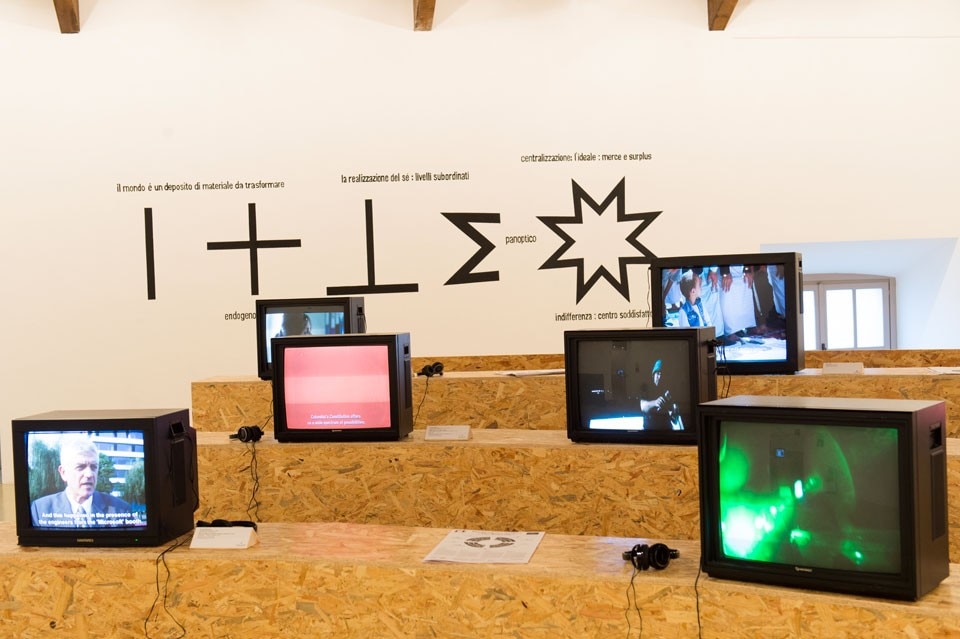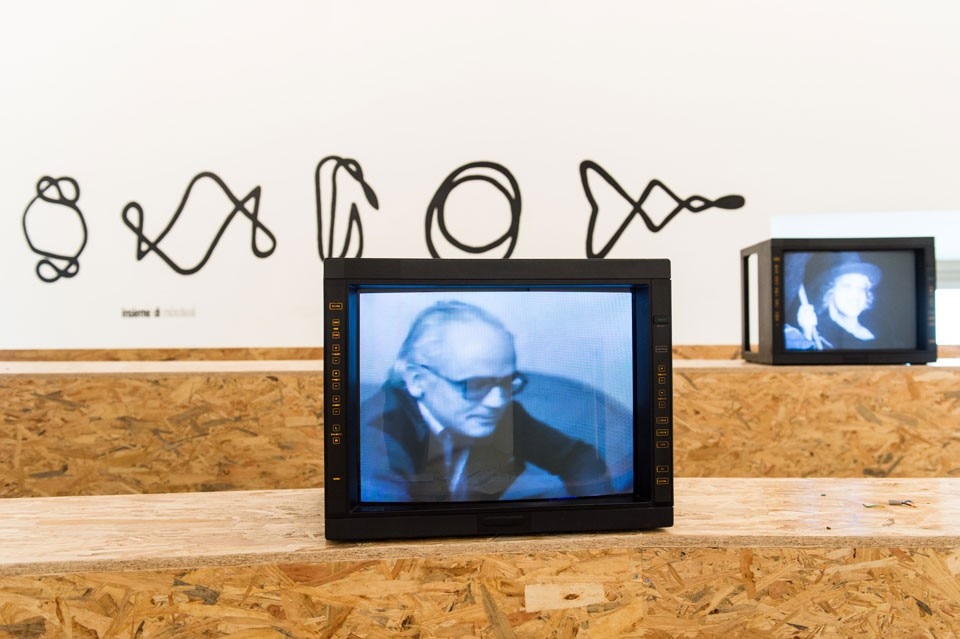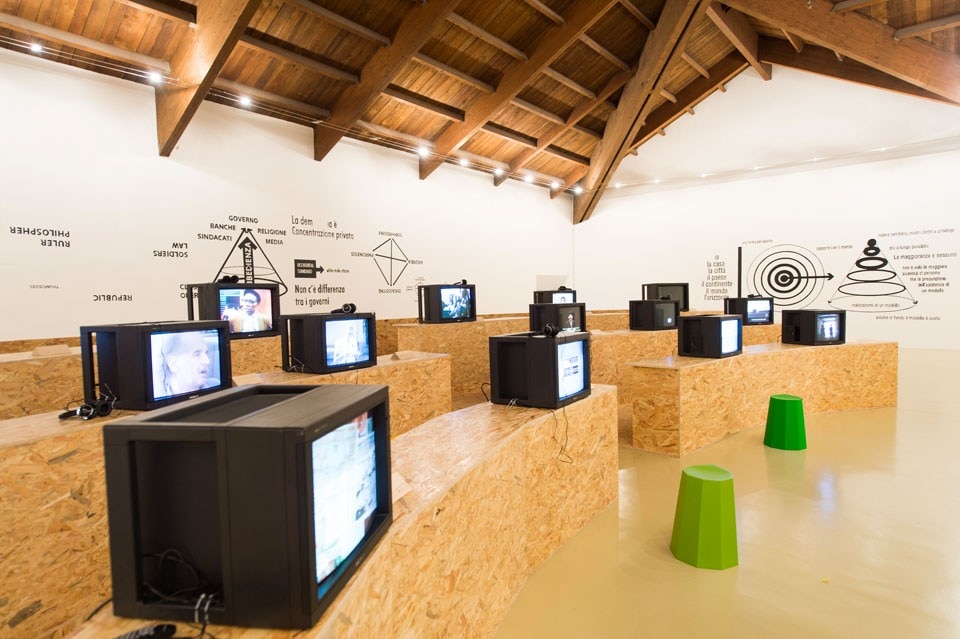
Every room contains two theme areas, recognized by a selection of historic occurrences, global movements and specific experiences linked to nationality, countries and genre politics. Dividing the floor into sections and compartments removes individual contributions, images and sounds from the so-called parliamentary debate, which becomes isolated and presented as such, on its own.
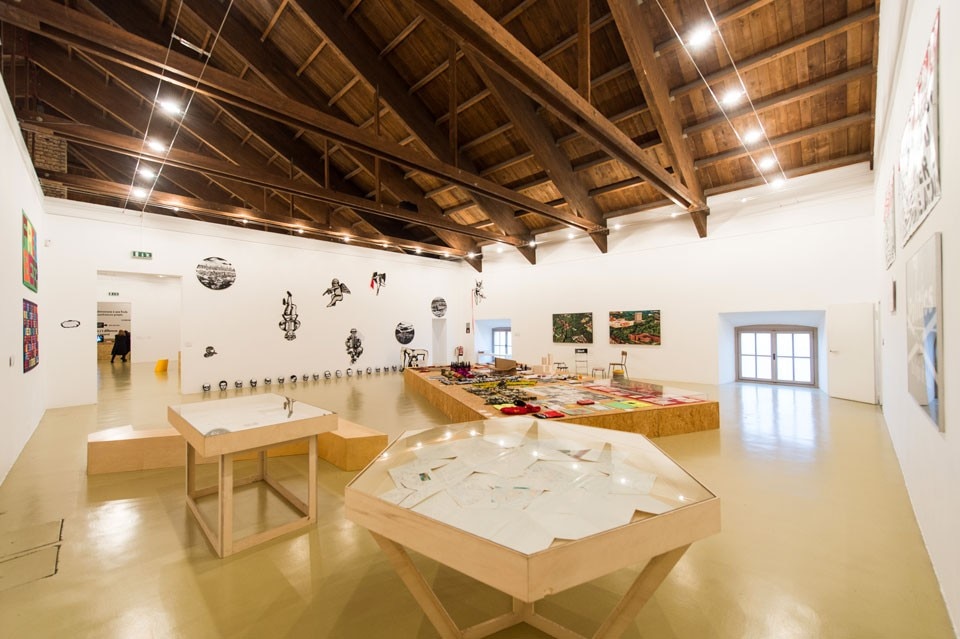

Since 2004, "Disobedience" has criss-crossed the world and in every location has preceded, run into or shared protest movements that have left their stamp on the global map of recent years: at Boston's MIT shortly before the Occupy movement invaded the Financial District in Manhattan; at Atlanta's Georgia State University on Martin Luther King Day; and in Mexico, England, Sweden and the Netherlands. For every place, city and historical circumstance, "Disobedience" has used the display as a mobile means of absorbing the very nature of disobedience: visceral, chaotic and plural.
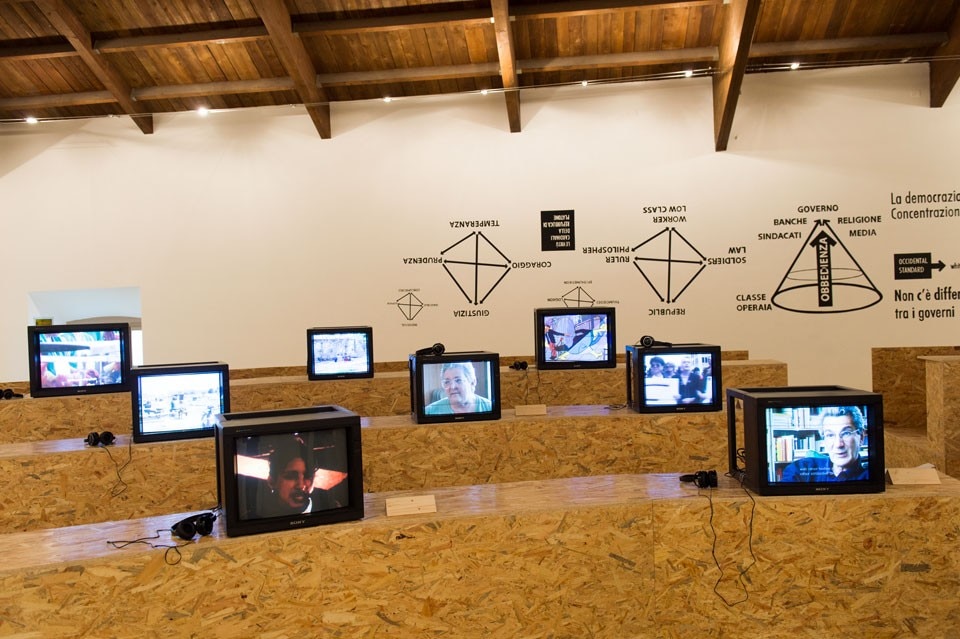
The display changes each time to host and promulgate the nomadic experience of an archive that takes a conscience upon itself, pushes for the rewriting of movements, the sharing of self-empowerment practices and the reconstruction of protest, thus developing a new aesthetic, didactic and political choreography.
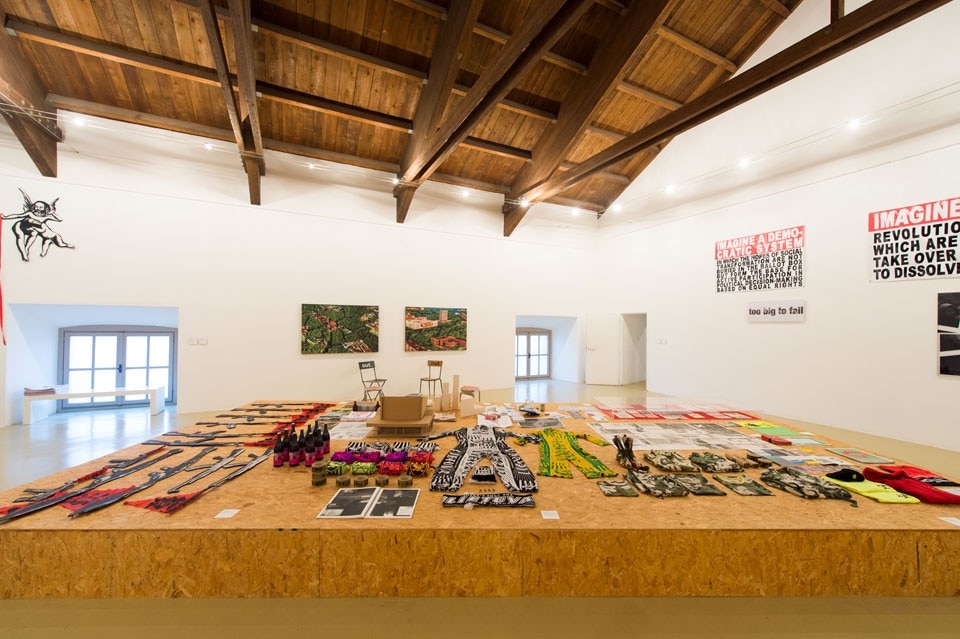
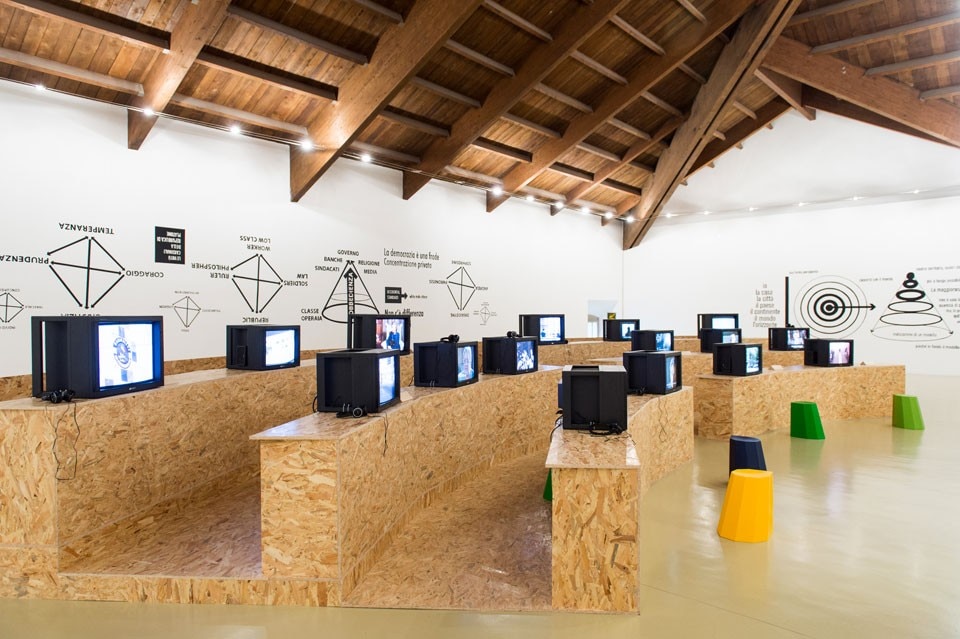
Disobedience Archive (The Republic)
Castello di Rivoli
Piazza Mafalda di Savoia, Turin
